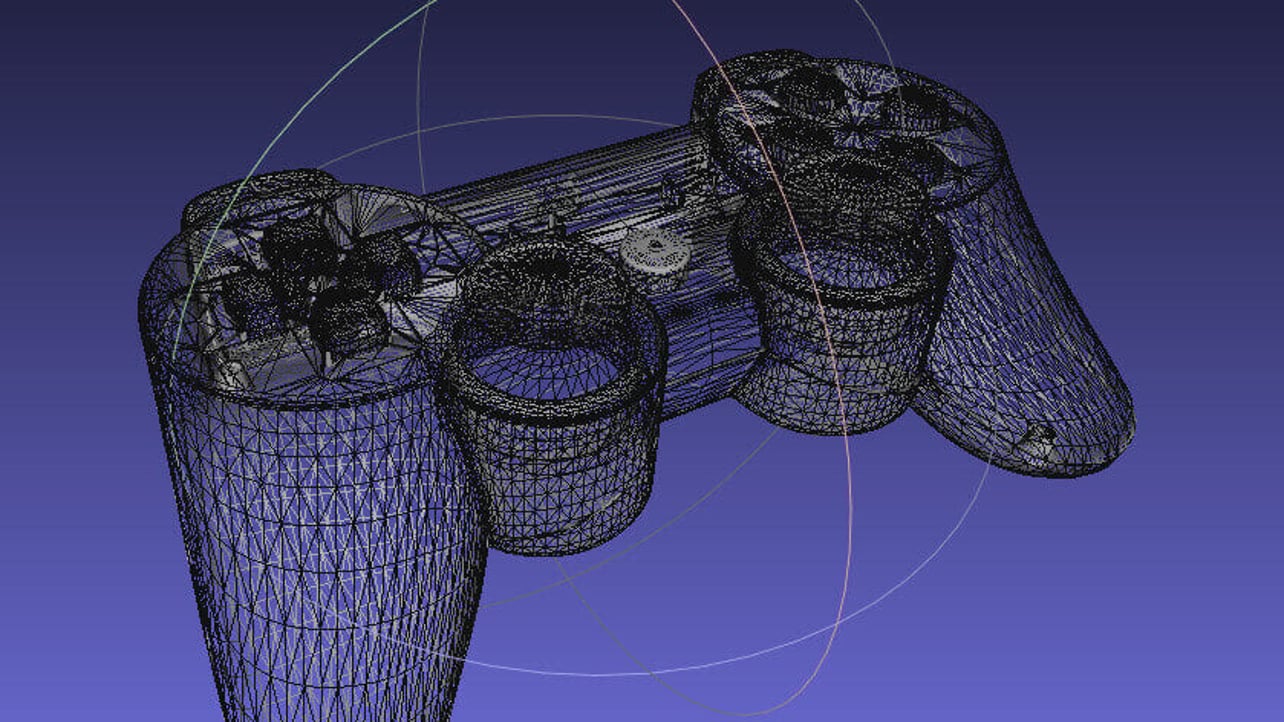C++ Templates Explained. One way to catch up, if you can't afford a plane ticket or the ticket, is to follow the youtube channel dedicated to this conference. Just load a bignum package and rewrite your macro to use it.
Rather than writing and maintaining the multiple codes, we can write. Advanced c++ techniques explained using threads. This works due to the way templates are compiled: This allows us to create a function template whose functionality can be adapted to more than one type or class without repeating the entire code for each type. Below is an example in c++ to show how we can use variadic function template:

A template is not a class or a function.
Click on the run example button to see how it works. Welcome to the world of c++ templates. A type trait is a simple template struct that contains a member constant, which in turn holds the answer to the question the type trait asks or the transformation it performs. Templates are powerful features of c++ which allows us to write generic programs. Template<typename t, size_t n> char (& array_size (const t (&) n) ) n; Project templates for c++ and uwp. For example, let's take a look at std::is_floating_point, one of the many type traits defined by the c++ standard library in the <type_traits> header: It includes some prominent template classes for common data structures like vectors, stacks, queues, and some handy algorithmic functions like binary search to make programming easier. Args must be inside angular brackets. You say if the array has n elements, the return type is a reference to an array having size n and element type char. In order for the compiler to generate the code, it must see both the template definition (not just declaration) and the specific types/whatever used to fill in the template. C++ is the fastest language by a large margin. Below is an example in c++ to show how we can use variadic function template:
Welcome to the world of c++ templates. Templates are powerful features of c++ which allows you to write generic programs. We recommend reading this tutorial, in the sequence listed in the left menu. Instead of returning the value directly, it gives the template a return type depending on n: You say if the array has n elements, the return type is a reference to an array having size n and element type char.

Below is an example in c++ to show how we can use variadic function template:
The standard template library in c++ consists of four. Args) return_type function_name (arg var1, args. Try to find the minimum of two numbers of a unknown, but same data type. We can create a single function to work with different data types by using a template. It includes some prominent template classes for common data structures like vectors, stacks, queues, and some handy algorithmic functions like binary search to make programming easier. C++ vectors are sequence containers that store elements. In c++ this can be achieved using template parameters. If your c++ supports c11 standard, you can use variadic templates, which has the ability to use more parameters, something like combination of templates and functions of unknown number of arguments. The c++ standard library provides many useful functions within a framework of connected templates. A type trait is a simple template struct that contains a member constant, which in turn holds the answer to the question the type trait asks or the transformation it performs. This is a blessing for code reusability because it allows you to write your code once, and use it for multiple situations. We recommend reading this tutorial, in the sequence listed in the left menu. A template is a blueprint or formula for creating a generic class or a function.
Args) return_type function_name (arg var1, args. When you invoke a template on a type, the compiler compiles a new overload of the method, specialized for the concrete type you're passing in. A template is not a class or a function. Vector is a template class in stl (standard template library) of c++ programming language. Specifically used to work with dynamic data, c++ vectors may expand depending on the elements they contain.
This allows us to create a function template whose functionality can be adapted to more than one type or class without repeating the entire code for each type.
If your c++ supports c11 standard, you can use variadic templates, which has the ability to use more parameters, something like combination of templates and functions of unknown number of arguments. The library containers like iterators and algorithms are examples of generic programming and have been developed. This allows us to create a function template whose functionality can be adapted to more than one type or class without repeating the entire code for each type. In c++, the template system was designed to simplify the process of creating functions (or classes) that are able to work with different data types. Templates are often used in larger codebase for the purpose of code reusability and flexibility of the programs. C++ is an object oriented language and some concepts may be new. In order for the compiler to generate the code, it must see both the template definition (not just declaration) and the specific types/whatever used to fill in the template. Click on the run example button to see how it works. We recommend reading this tutorial, in the sequence listed in the left menu. Templates are the foundation of generic programming, which involves writing code in a way that is independent of any particular type. For example, let's take a look at std::is_floating_point, one of the many type traits defined by the c++ standard library in the <type_traits> header: Templates are the basis for generic programming in c++. Instead of returning the value directly, it gives the template a return type depending on n:


0 Komentar